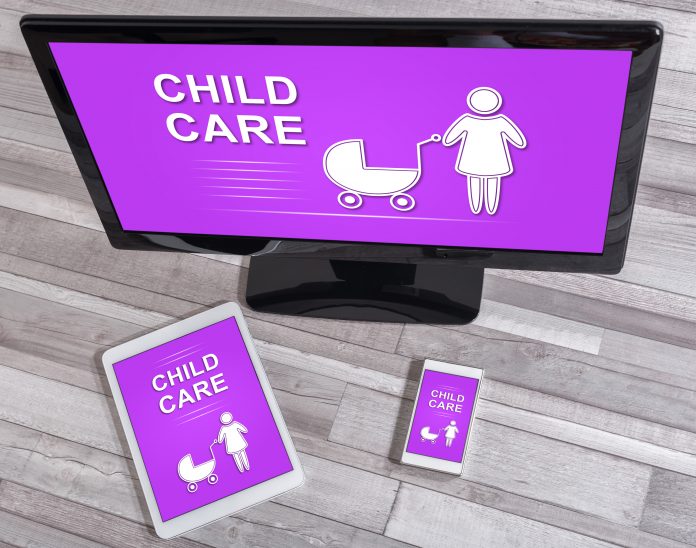Richard Betts, CEO of Local Government at Servelec, discusses how local authorities are transforming data and information flow through interoperability, in order to improve children’s services
Improvement and interoperability go hand in hand when it comes to delivering children’s services fit for the 21st Century. But what does that look like in reality? How can local authorities overcome the legacy obstacles they often face and harness the benefits of interoperable systems?
Many of the local authorities we work with have now embarked on their individual journeys to becoming truly interoperable. As providers to the youth services, social care and education sectors we have a duty to ensure that professionals have access to the joined-up information they need in order to provide a sufficient service to citizens. It’s as simple as that. Systems that link up and talk to each other hugely reduce errors, improve efficiency and most importantly, improve outcomes for young people.
Leading by example
Most of us would agree that it would almost be easier to start with a blank sheet rather than the current situation which sees local authorities tied to legacy systems; but as this is unlikely to be the case, providers are today working together for better digital care, so that local councils can deliver a faster, more efficient, more effective service to their citizens.
Two of our customers instantly spring to mind when I think of integrating systems well. Cheshire East Council and Norfolk County Council are local authorities which were facing different challenges when it came to making data flow seamlessly – but today have made interoperability the cornerstone of their information systems – driving better outcomes for children and families.
In recent years, both councils have embarked on bringing together their education and social care systems to provide a single connected view of each young person in their respective regions.
We’ve been working alongside Norfolk County Council throughout its 20-year development journey towards achieving positive outcomes for children and young people. Since 1999, the Council has undergone a huge shift from paper-based systems to a fully online and web-enabled solution for 900+ staff and early years providers, as well as implementing self-service tools for schools and parents. The journey hasn’t been easy, but the council made huge progress when it decided to link up its social care and education departments.
“When people are recording data separately in spreadsheets, it very quickly becomes out of date,” said Stuart Cordy, Education Systems Lead Analyst at Norfolk County Council.
He added: “It also doesn’t allow our colleagues access to the full picture. This joined-up approach gives us a standard way to record, to aggregate data and to work together as a department.”
Paving the integrated way forward
Above, I asked, how can local authorities overcome the legacy obstacles they often face and harness the benefits of interoperable systems? Our work with Cheshire East Council also strikes a chord here. Not only was Cheshire East the first local authority to integrate Synergy, with another provider’s social care software, it has also interfaced our education platform with several other providers to collate data from all of its 156 schools.
“Let’s face it, local authorities are complex and large organisations, we tend to work in silos and purchase systems without interoperability in mind. So, when implementing new solutions, we must continue to unpick how these separate systems are designed, and then join them together again,” said Jonathan Sayer, Project Manager at Cheshire East Council.
Jonathan added: “Linking all of these systems together allows faster decision-making, more accurate forecasting, and it allows us to react quickly to potential situations around exclusions and attainment checkmarks.”
You can see that both local authorities approached their interoperability goals differently, with Cheshire East paving the way for multiple interfacing, and Norfolk gradually evolving its way of working overtime. Both councils had very different requirements, needs and budgets, so their approach should be different, and in line with their goals.
As Stuart Cordy put it: “In today’s world of data, there’s no point in having systems that do not talk to each other. It’s our data and we have to push that data around as we need. It’s no good having a supplier who doesn’t want to come to the party with that.”
It’s pleasing for me to see that every procurement we now have has an element of interoperability, and thanks to councils like Cheshire East and Norfolk, its benefits are having a huge impact on the education and care systems. We, as providers have proven that the technology exists for systems to interoperate, but it is down to our local authorities to continue to lead by example and drive the interoperability agenda forward.
Interoperability is a journey, and while the above are fantastic examples of functioning integrated systems, this is just the first step in delivering joined-up care. looking to integrate most, if not all of its services, through our Conexes platform – a cloud-based interoperability service that enables a safe, secure environment to share data between various systems to deliver an integrated approach to care.
We need to think bigger than linking just one sector to another, and we must focus on interoperability across the board.











